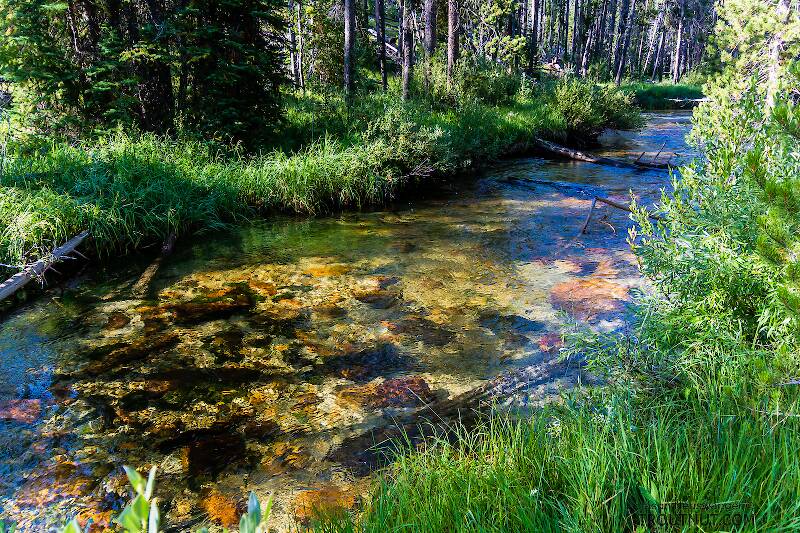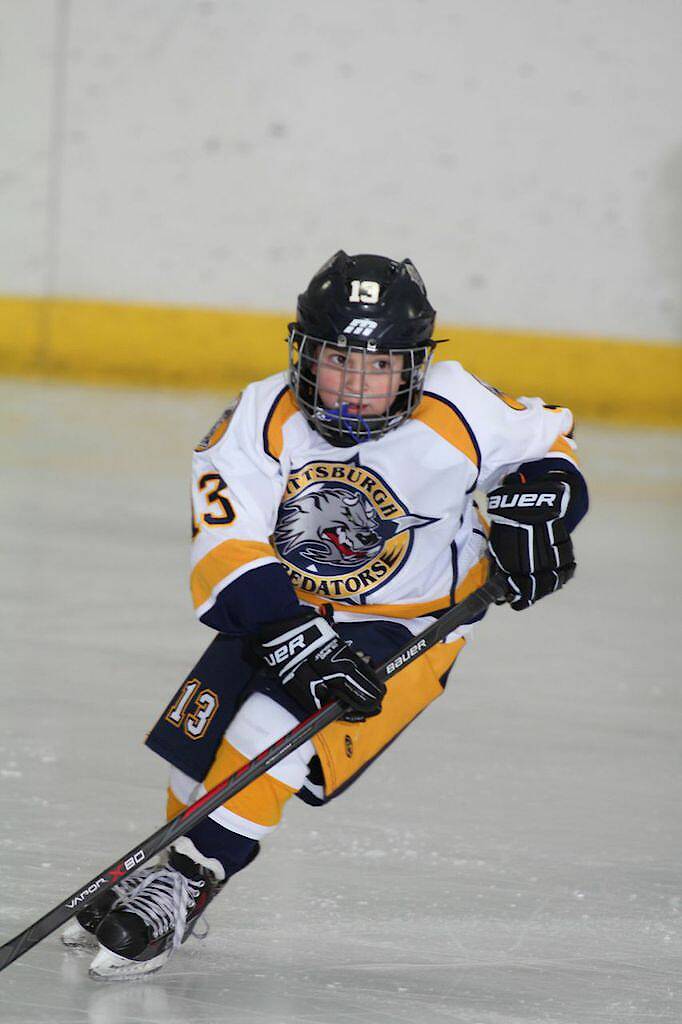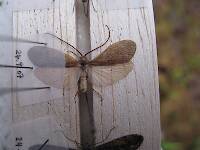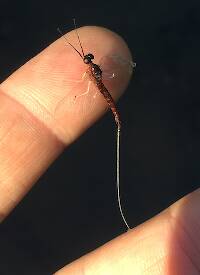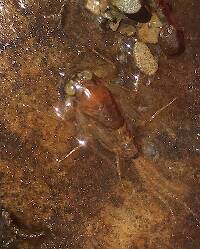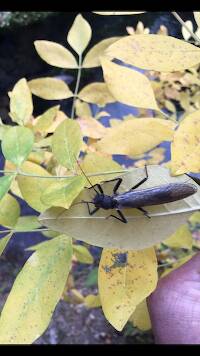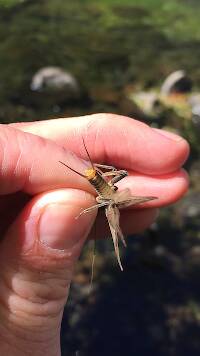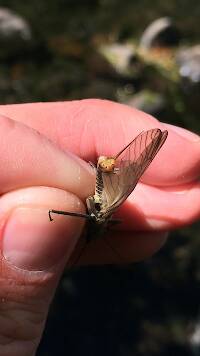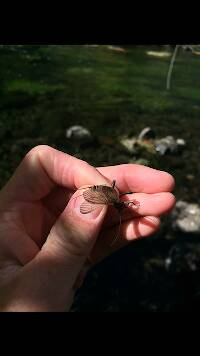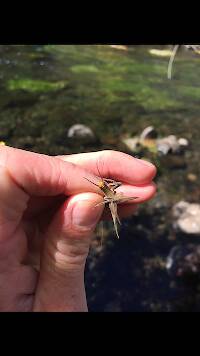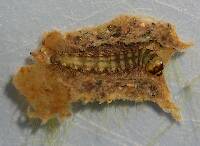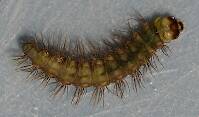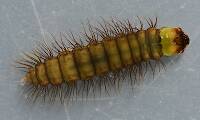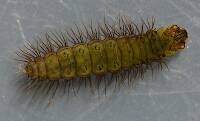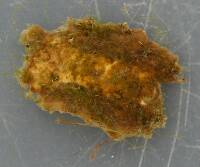
Blue-winged Olives
Baetis
Tiny Baetis mayflies are perhaps the most commonly encountered and imitated by anglers on all American trout streams due to their great abundance, widespread distribution, and trout-friendly emergence habits.
Featured on the forum

This one seems to lead to Couplet 35 of the Key to Genera of Perlodidae Nymphs and the genus Isoperla, but I'm skeptical that's correct based on the general look. I need to get it under the microscope to review several choices in the key, and it'll probably end up a different Perlodidae.

Troutnut is a project started in 2003 by salmonid ecologist Jason "Troutnut" Neuswanger to help anglers and
fly tyers unabashedly embrace the entomological side of the sport. Learn more about Troutnut or
support the project for an enhanced experience here.
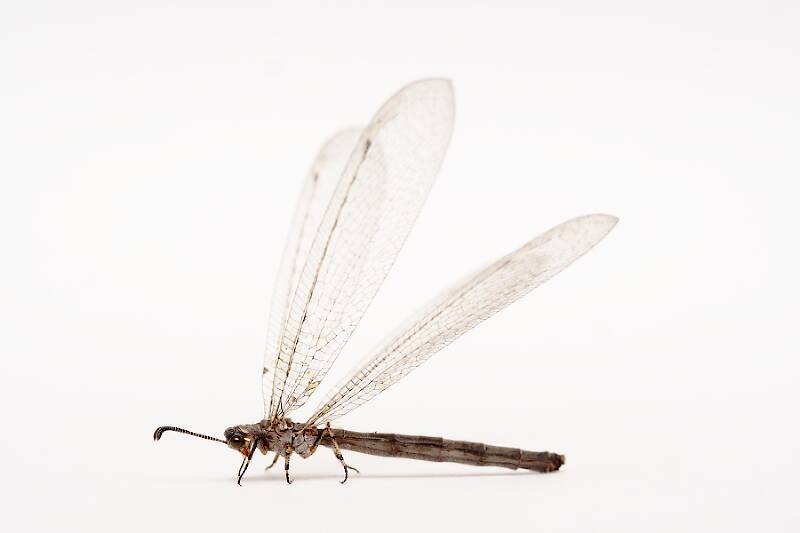
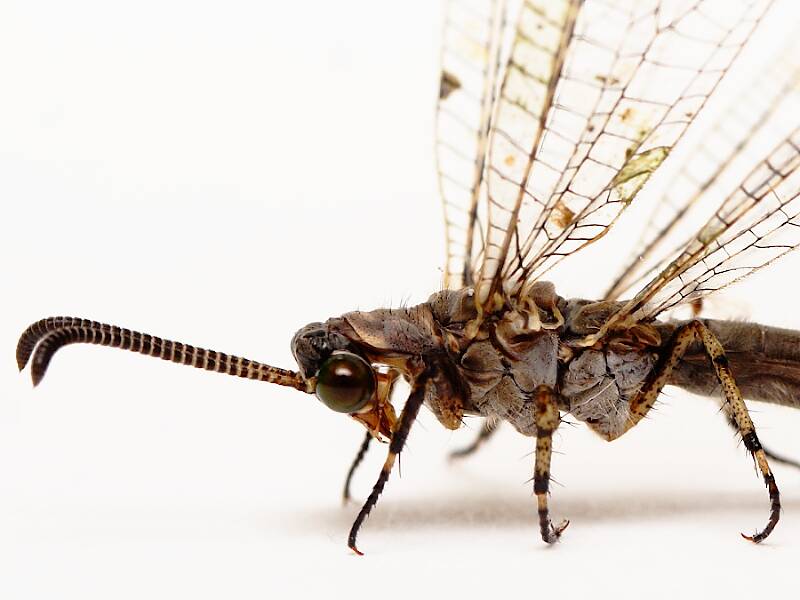
Fallen513
Posts: 2
Posts: 2
Fallen513 on Jul 31, 2010July 31st, 2010, 3:37 pm EDT
No idea about this guy, not necessarily important to trout but I knew someone here can probably nail it or at least point me in the right direction. It's the first time I've seen these type of antennae on a dragonfly type insect.
Thanks in advance for your help!
Thanks in advance for your help!
GONZO on Jul 31, 2010July 31st, 2010, 3:59 pm EDT
Fallen513,
It's an Antlion (Myrmeleontidae), possibly Myrmeleon.
It's an Antlion (Myrmeleontidae), possibly Myrmeleon.
Fallen513
Posts: 2
Posts: 2
Fallen513 on Aug 1, 2010August 1st, 2010, 5:38 am EDT
Thanks so much Gonzo! You're amazing! :)
-Seth
-Seth
Gutcutter on Aug 1, 2010August 1st, 2010, 9:03 am EDT
awesome photo, seth
All men who fish may in turn be divided into two parts: those who fish for trout and those who don't. Trout fishermen are a race apart: they are a dedicated crew- indolent, improvident, and quietly mad.
-Robert Traver, Trout Madness
-Robert Traver, Trout Madness
Jmd123 on Aug 3, 2010August 3rd, 2010, 7:56 pm EDT
Yep, definitely not a member of the order Odonata - their antennae are so short you have to look for them with a magnifying glass at minimum (pretty hard to do when they're on the wing...). Most definitely an antlion as Gonzo says. You don't see the adults very often, unless perhaps you're an entomologist who stays up late at night staring at white sheets hung beneath blacklights (I admit I have indeed done this...).
However, their larvae can often be spotted in sandy areas as little dimples in the soil. This is where they get their name - those are pitfall traps for hapless, unsuspecting ants who tumble in to their deaths at the curved, sickle-shaped jaws of their killers. You can see this in action by dropping in your own hapless ants...This is the stuff of which SOOOOOO many science fiction horror films are dreamed up, as in just imagine if they got to be three feet long. Then again, I suppose we would learn to avoid funny funnel-shaped dimples in the sand, although doubtless a few hapless children or pets might fall in...Yep, good thing they are so small...
Jonathon
P.S. This critter belongs to the order Neuroptera, home of such other amazing creatures as the mantisfly, snakefly, and owlfly...and also lacewings and even one who's larvae feed on freshwater sponges!
However, their larvae can often be spotted in sandy areas as little dimples in the soil. This is where they get their name - those are pitfall traps for hapless, unsuspecting ants who tumble in to their deaths at the curved, sickle-shaped jaws of their killers. You can see this in action by dropping in your own hapless ants...This is the stuff of which SOOOOOO many science fiction horror films are dreamed up, as in just imagine if they got to be three feet long. Then again, I suppose we would learn to avoid funny funnel-shaped dimples in the sand, although doubtless a few hapless children or pets might fall in...Yep, good thing they are so small...
Jonathon
P.S. This critter belongs to the order Neuroptera, home of such other amazing creatures as the mantisfly, snakefly, and owlfly...and also lacewings and even one who's larvae feed on freshwater sponges!
No matter how big the one you just caught is, there's always a bigger one out there somewhere...
Kcnal on Aug 10, 2010August 10th, 2010, 3:47 pm EDT
A truly amazing picture! I feel the same way about the answer. Great educational material...thanks to all!
Sayfu
Posts: 560
Posts: 560
Sayfu on Nov 4, 2011November 4th, 2011, 5:03 am EDT
Brought me to think of something I saw on a commercially tied flies page. Rainy Flies Co. has a dry damsel that has perpendicular wings to the body. I have had some fun, and productive days fishing dry damsels on lakes, but have tied the wings parallel to the body, and assumed the difference in the position of the wings between a damsel, and the perpendicular wings of a dragon fly. Do damsels end up spent on the water with their wings in a perpendicular position by chance? And because of the notion the wings are parallel to the body on a damsel, I do not even include wings on some patterns.
Quick Reply
Related Discussions
Topic
Replies
Last Reply
3
Aug 29, 2011
by Sayfu
by Sayfu
3
Jun 27, 2018
by Konchu
by Konchu
18
Aug 27, 2014
by Oldredbarn
by Oldredbarn
Re: Here's two I could use some help with from East Tennessee! 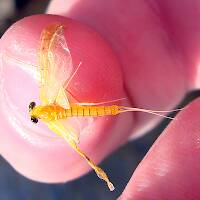
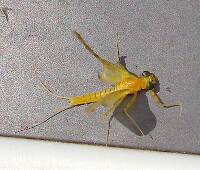
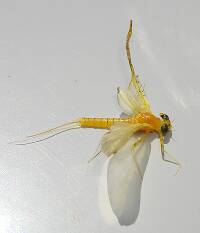
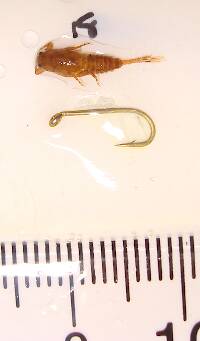
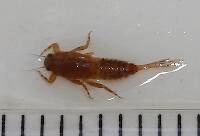
In the Identify This! Board by BrettHRomer
+ 1





In the Identify This! Board by BrettHRomer
6
May 8, 2008
by JOHNW
by JOHNW
10
Aug 25, 2010
by Oldredbarn
by Oldredbarn

